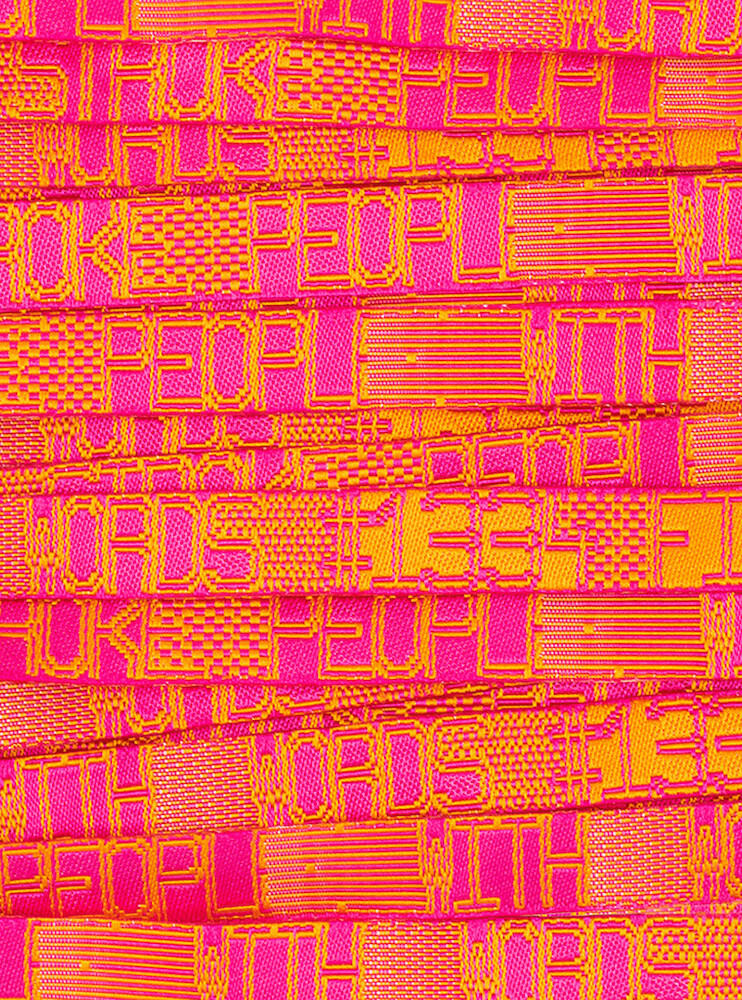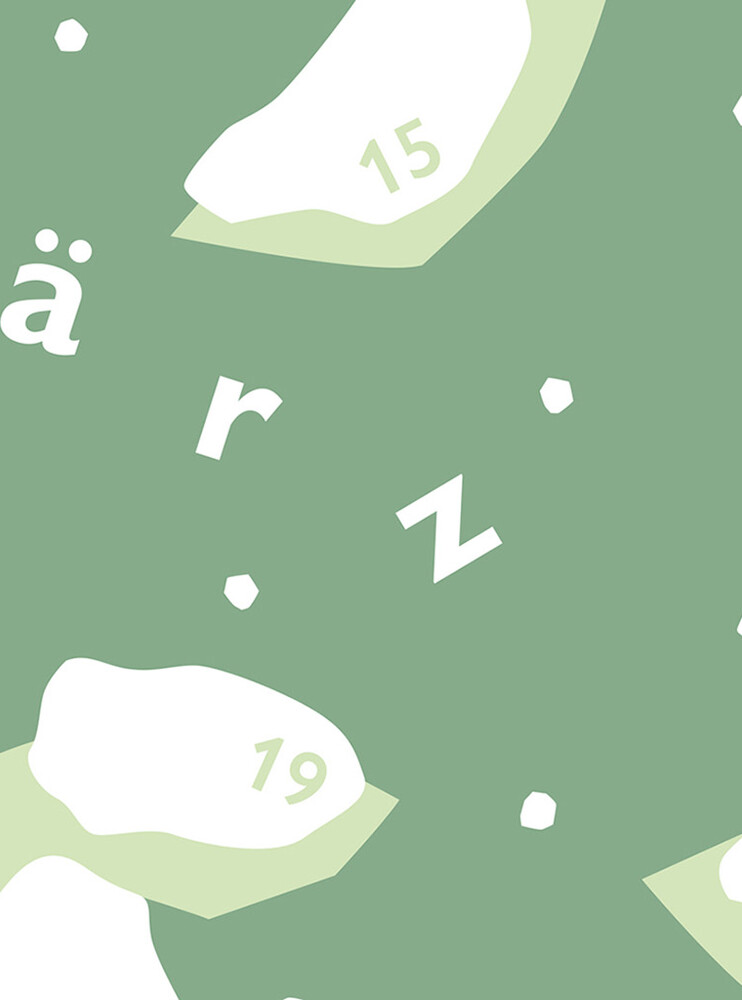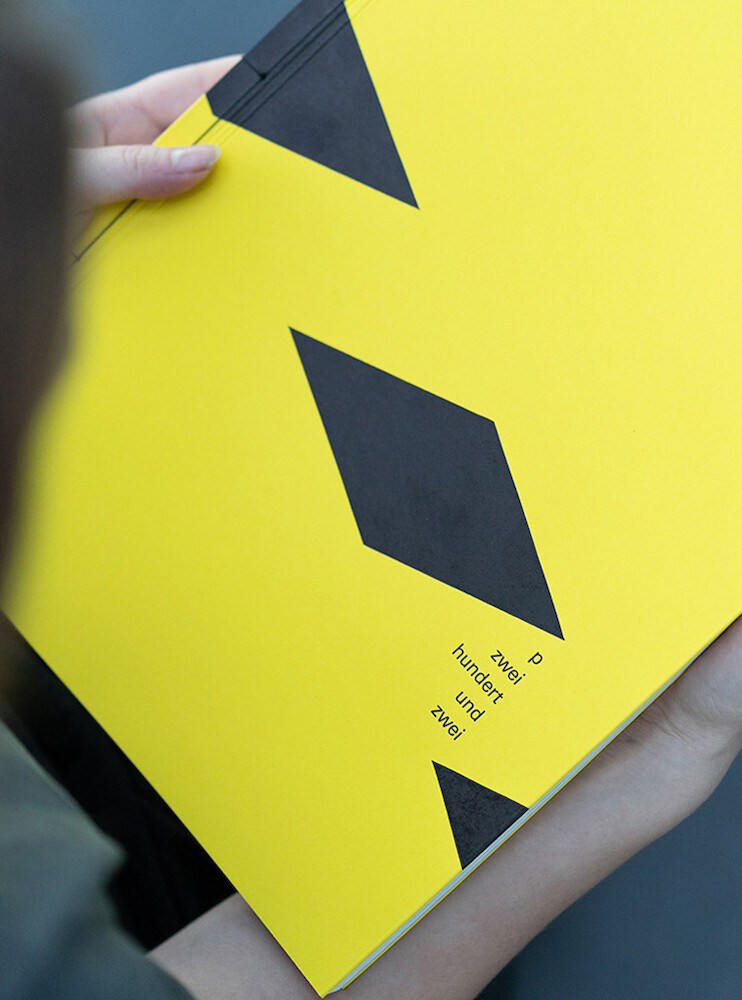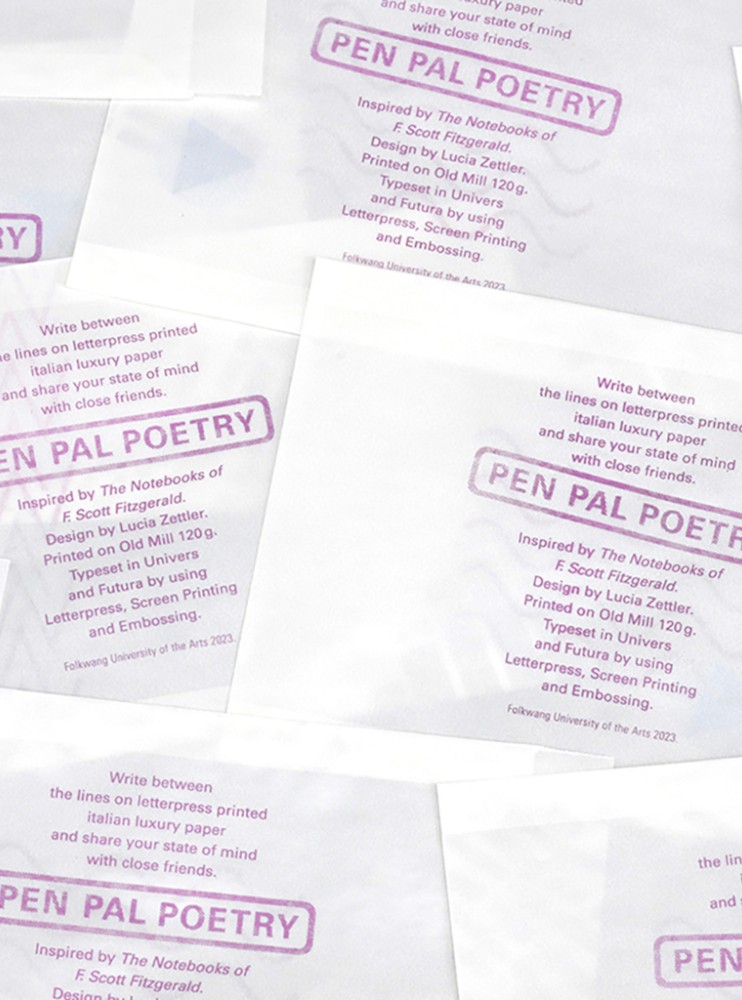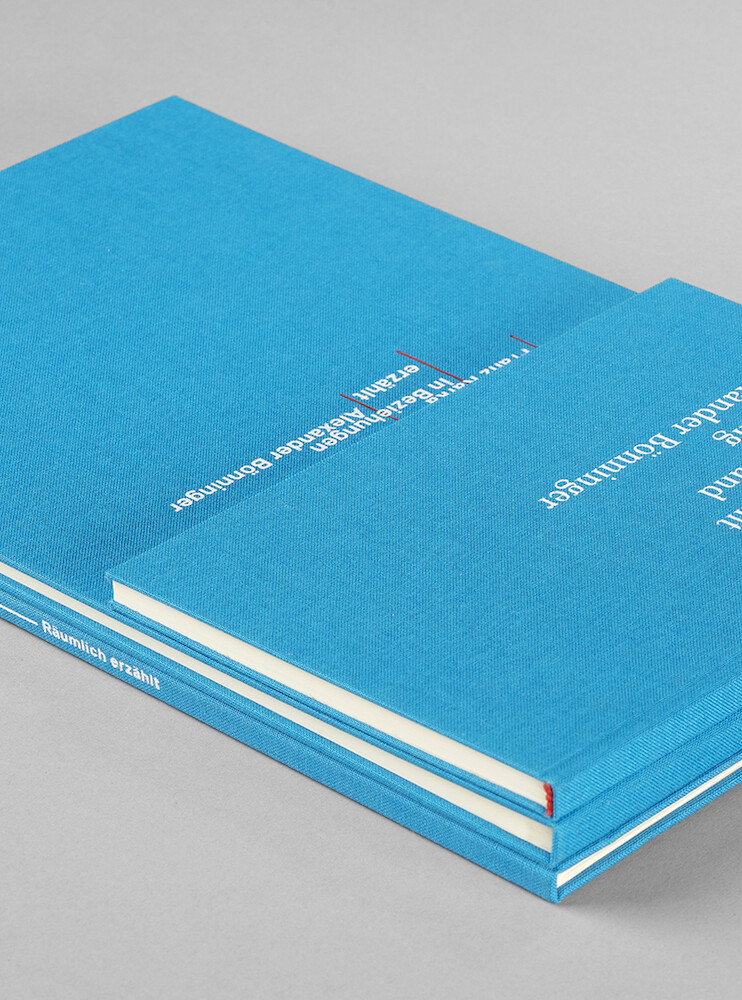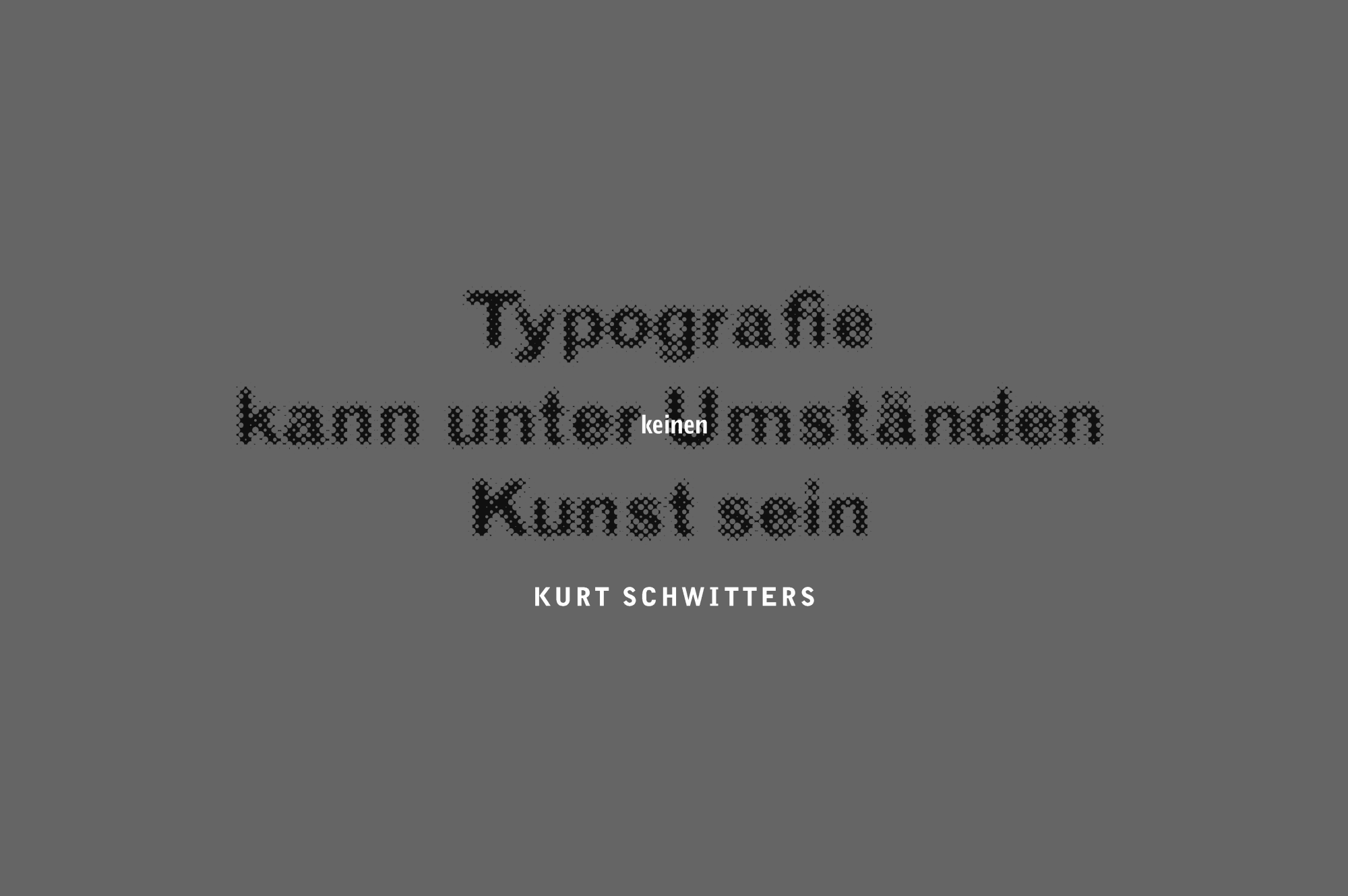
Typography
Typography Stages the Text
Typography makes text visible and reproducible—whether analog or digital, static or dynamic. Some texts aim to inform, while others seek to provoke, shock, or manipulate. Typography stages text accordingly, merging content and form into a cohesive visual experience.
A Design Discipline in Context
Unlike painters or illustrators, typographers do not create entirely new forms. Instead, they work with a predefined set of characters, arranging them in innovative ways. The structure of typographic compositions is as crucial as their relationship to whitespace. Typography is the art of designing with typefaces, symbols, lines, and empty spaces. Rarely does text stand alone; it almost always interacts with other design elements—whether in an illustrated book, on the web, on a medicine label, or on a billboard. As a result, communication designers must be proficient in understanding text, image, and code.
Practice
The course of study at the Folkwang University of the Arts is practice-oriented: students are encouraged—and expected—to design actively. In typography courses, we begin by studying our material in depth. We closely examine letterforms and symbols, exploring the contrast between type and whitespace, as well as the relationship between different text blocks. We experiment: What happens when we split an 'A'? What if we crop it? How do new patterns emerge when we rotate, mirror, or multiply a 'K'? We seek strong, unexpected forms, creating word images or even typographic self-portraits using minimal elements. During the sketching phase we work strictly by hand—an approach that accelerates idea generation, reduces precision constraints, and allows for greater interpretive freedom. In this creative process, everything is permitted.
All students create their own books in our workshops—designed, typeset, and bound by hand. As part of this process, they also explore fundamental questions: What defines a typographic character? How did writing systems evolve? How have media transformations influenced typography? Additionally, we emphasize reading: to design a book cover for a novel, for instance, one must not only understand its content but also internalize its mood—one must have "read" the atmosphere.
The Freedom within Commissioned Work
Communication designers work on commissioned projects; they are not autonomous artists. However, they often enjoy considerable freedom in shaping their communication objectives—both in content and form. This principle also applies to their studies at the Folkwang University of the Arts. Well-educated and creatively trained designers utilize this freedom to develop concepts and designs that they believe in—while simultaneously convincing their clients of their vision.
People
Ralf de Jong
Professor of Typography
Projects


